Medewerkers met het vakgebied Natuurkunde, Elementaire Deeltjes & Velden
Wetenschap ontwikkelt zich waar verschillende vakgebieden samenkomen. Alleen al daarom bestaat er binnen de RUG een grote verscheidenheid aan vakgebieden, met daarbinnen een groot aantal vakspecialisten. Met behulp van onderstaand overzicht, gebaseerd op een vaststaande indeling van wetenschapsgebieden, vindt u op elk vakgebied de juiste deskundige. Komt de deskundige die u zoekt niet voor in deze lijst? Via een vergelijkbaar vakgebied of een gerelateerde faculteit vindt u mogelijk alsnog de juiste persoon.
Overzicht van alle vakgebieden
Zoeken naar donkere materie
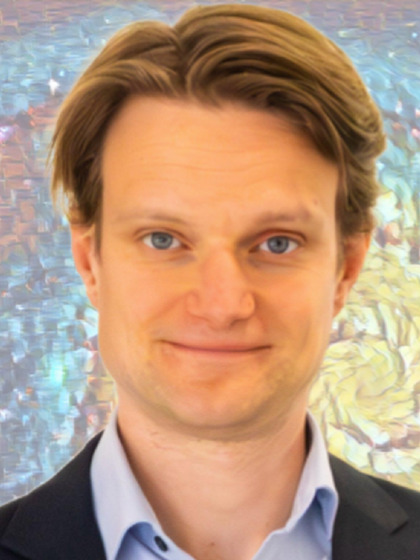
Contact
j.aalbers rug.nl
Functie
Universitair Docent - Cosmic Frontier
Theoretical Physics, especially Quantum Mechanics
Philosophy of Science, especially Philosophy of Physics
Philosophy of Science, especially Philosophy of Physics
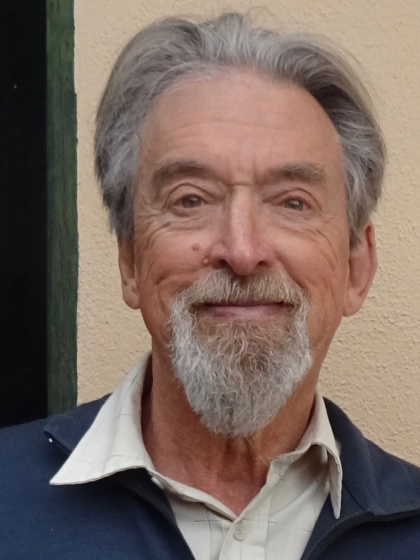
Contact
Functie
Emeritus Professor
Theoretische Natuurkunde

Contact
Functie
Honorair Hoogleraar, Willem de Sitter leerstoel Theoretische Natuurkunde
(Geant4) Monte Carlo (MC) simulations in medical imaging
-proton radiography for optimisation proton stopping powers in proton therapy
-time-of-flight PET for dose verification in proton therapy
-prompt gamma radiation for dose verification in proton... lees meer
-proton radiography for optimisation proton stopping powers in proton therapy
-time-of-flight PET for dose verification in proton therapy
-prompt gamma radiation for dose verification in proton... lees meer
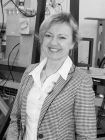
Contact
Functie
Teamleider Engineering Lab, RFF/Docent, Coördinator Natuurkundig Lab, Leidinggevende, Tutor, Projectleider
Theoretische subatomaire fysica
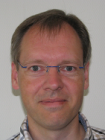
Contact
Functie
Hoogleraar Theoretische Subatomaire Fysica
Quarkonium productie in TMD factorisatie.
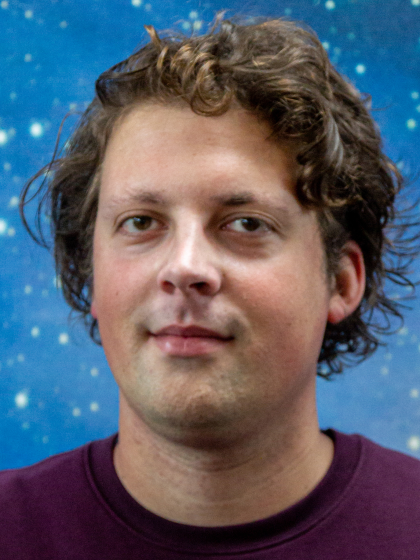
Contact
Functie
PhD student
Astroparticle Physics, Cosmic Rays, Dark Matter
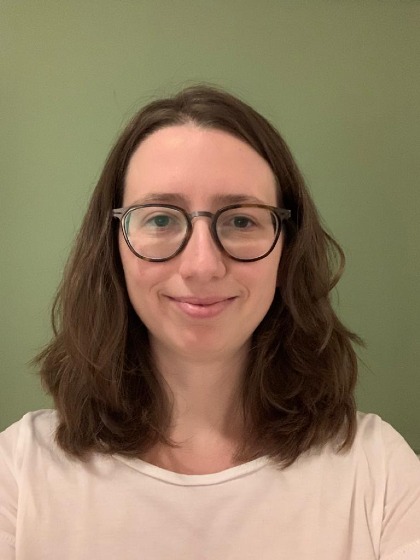
Contact
m.borchiellini rug.nl
Functie
PhD student
Learning Analytics
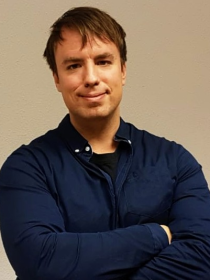
Contact
Functie
Docent / Project manager
Ik ben onderzoeker bij het Van Swinderen Instituut voor deeltjesfysica en zwaartekracht, en werkzaam bij de afdeling Hoge Energie Fysica. I neem deel aan het Large Hadron Collider beauty (LHCb) experiment, en bestudeer het spontaan uit elkaar vallen van... lees meer
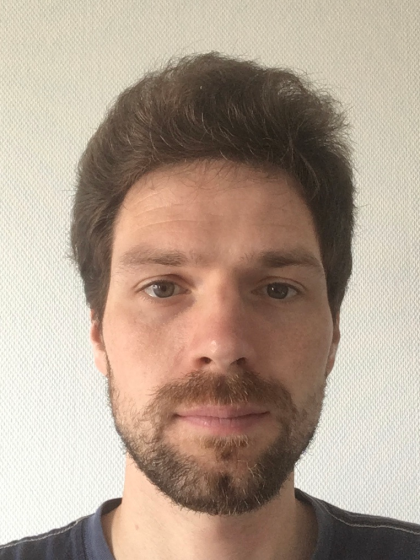
Contact
Functie

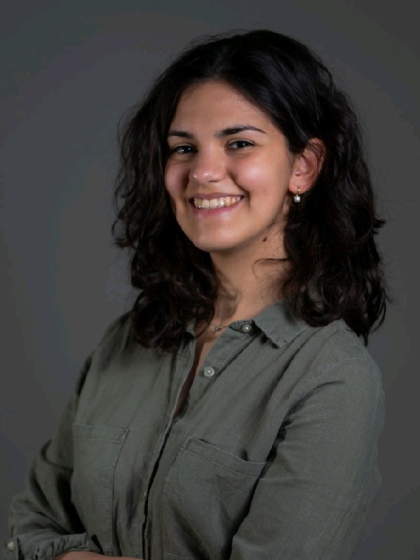
Contact
Functie
PhD student
Accelerator Physics, Radiation Physics, Medical Physics, Radiation Therapy, Fixed Target Experiments, Detectors
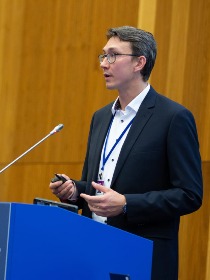
Contact
a.gerbershagen umcg.nl
Functie
Team Leader for Accelerator and Radiation Physics
Nucleaire astrofysica en Astroparticle Fysica binnen bovengenoemde vakgebieden.
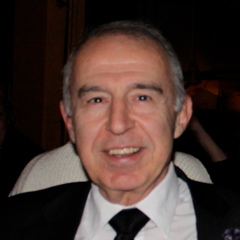
Contact
Functie
Emeritus hoogleraar Experimentele Kernfysica
atoom-,deeltjes- en laser- fysica; fundamentele symmetrieen en krachten
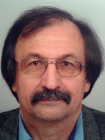
Contact
Functie
Hoogleraar experimentele fysica
Few-Body Physics
Nuclear Structure and reactions
Hadron Structure
Instrumentation
Nuclear Energy
Nuclear Structure and reactions
Hadron Structure
Instrumentation
Nuclear Energy
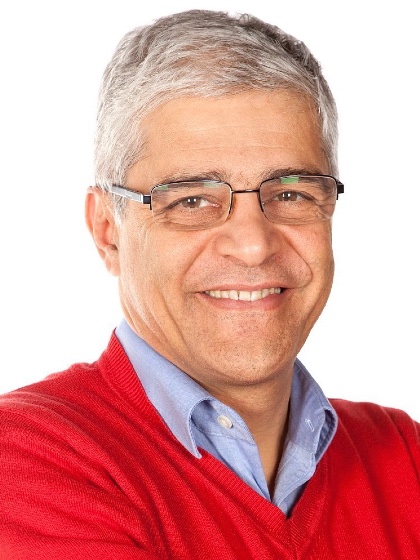
Contact
Functie
Hoogleraar, Research Director
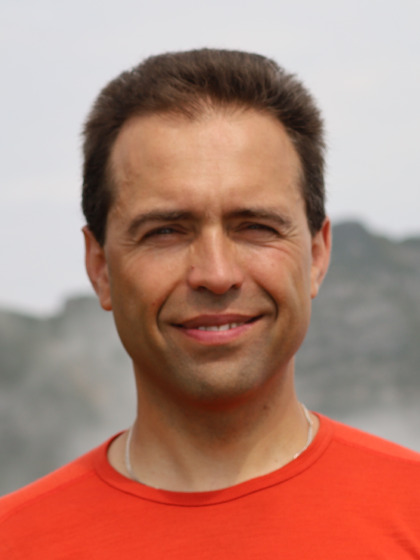
Contact
Functie
Universitair docent
Teaching innovation, Science education, Inclusive classroom practices, Radiation particle cancer therapy, Detectors R&D, Quality Assurance for Radiation particle therapy, Nuclear physics, Nuclear spectroscopy, Astroparticle physics
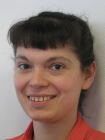
Contact
o.kavatsyuk rug.nl
Functie
Assistant professor

Contact
Functie
PhD student
Publications:
Inspire
Google Scholar
Research Topics:
(1) Tests of Quantum Gravity via Quantum Entanglement in a laboratory. I am one of the key proponents of this idea, along with my key collaborators. "Spin entanglement witness for... read more
Research Topics:
(1) Tests of Quantum Gravity via Quantum Entanglement in a laboratory. I am one of the key proponents of this idea, along with my key collaborators. "Spin entanglement witness for... read more
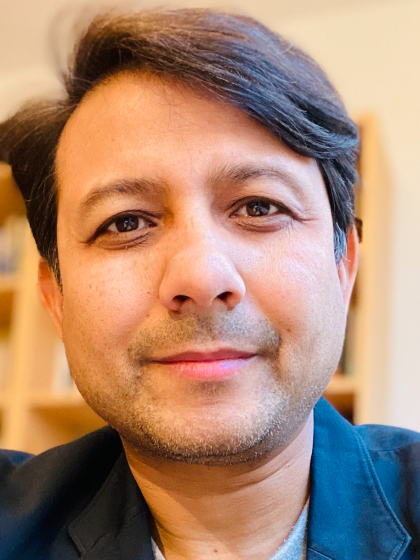
Contact
Functie
-
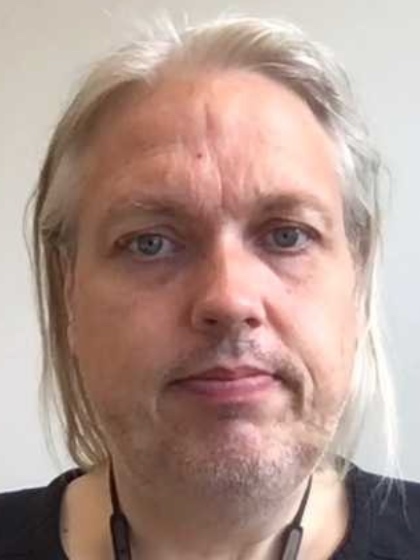
Contact
j.g.messchendorp rug.nl
Functie
Universitair hoofddocent
Deeltjesfysica met "beauty"-quarks, tests van lepton universaliteit, zoekend naar nieuwe fundamentele deeltjes; B-hadron productie; data-analyse, simulatie en efficiente computing-methodes
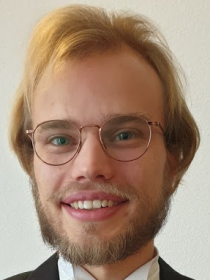
Contact
Functie
FSE Fellow
Theoretical physics, Particle physics phenomenology and model building, Flavour physics, Standard Model and Beyond, Lattice Field Theory, Lattice QCD, Conformal field theory.

Contact
Functie
Hoogleraar

Contact
Functie
Bijzonder Hoogleraar "Experimentele Subatomaire Fysica, in het Bijzonder Flavorfysica"
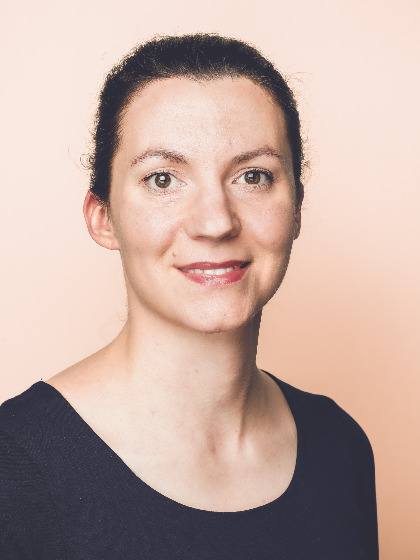
Contact
Functie
Universitair Docent - High Energy Frontier
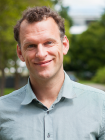
Contact
Functie
Hoogleraar
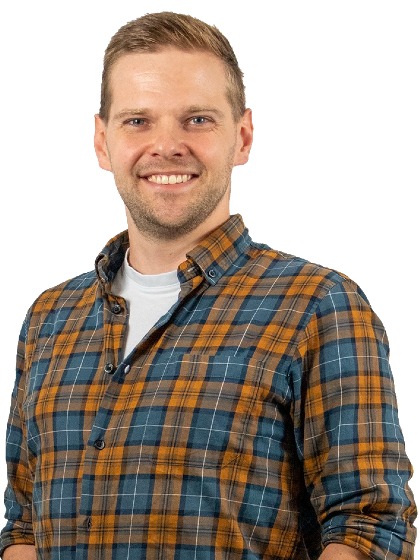
Contact
Functie
PhD student
Astrodeeltjesfysica, kosmische stralen;
Bliksemfysika met LOFAR;
Theoretische deeltjesfysica
Bliksemfysika met LOFAR;
Theoretische deeltjesfysica
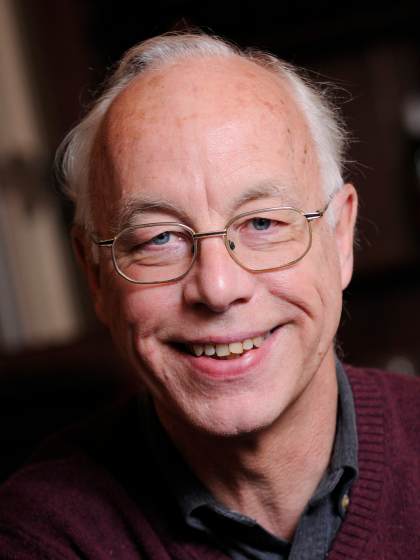
Contact
o.scholten rug.nl
Functie
Hoogleraar
Theoretische deeltjesfysica, quantummechanica, quantumveldentheorie, mathematische fysica
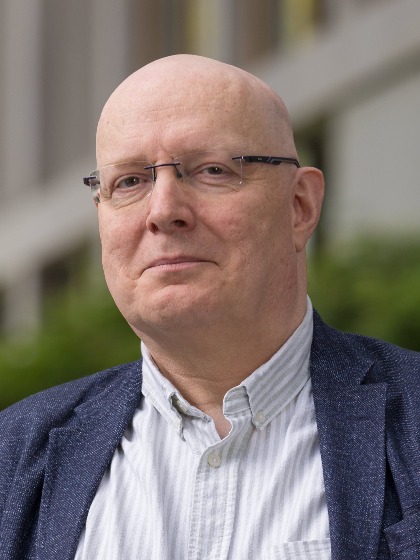
Contact
Functie
Vice-decaan, portefeuille onderwijs; hoogleraar theoretische natuurkunde
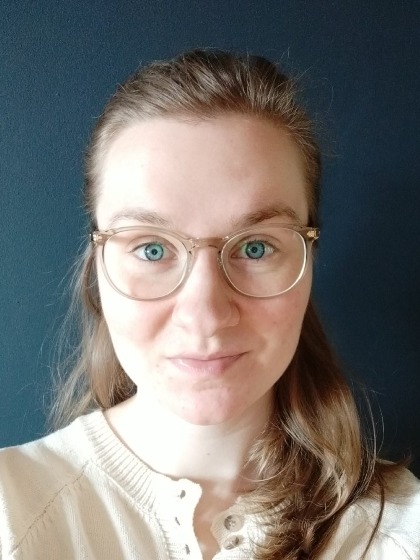
Contact
Functie
PhD student
I have experience in the detection of high-energy messengers, including neutrinos, cosmic rays, and gamma rays. I have five years of experience in neutrino astronomy, for my PhD and one post-doctoral fellowship on the ANTARES and KM3NeT underwater... read more
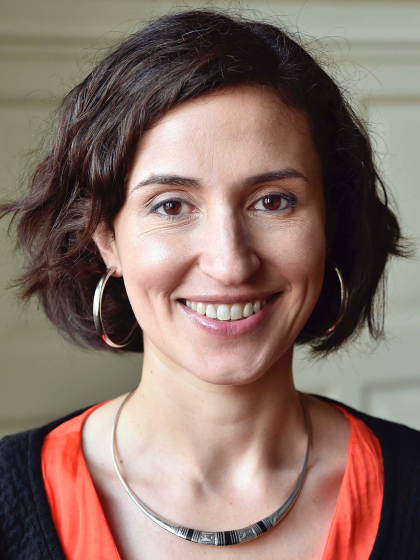
Contact
Functie
Rosalind Franklin Fellow
Experimental physics, atomic/molecular physics, particle physics, optical and laser physics, data analysis

Contact
Functie
Universitair hoofddocent

Contact
xu.ye rug.nl
Functie
PhD student

Contact
t.zhou rug.nl
Functie
PhD student
View this page in: English
